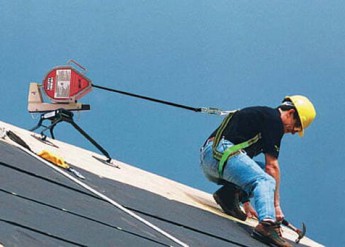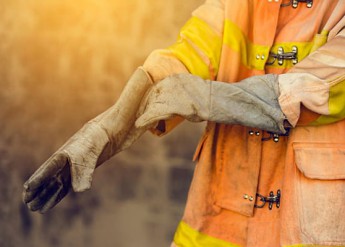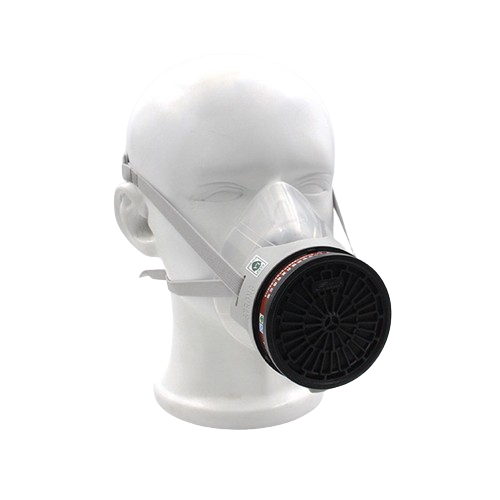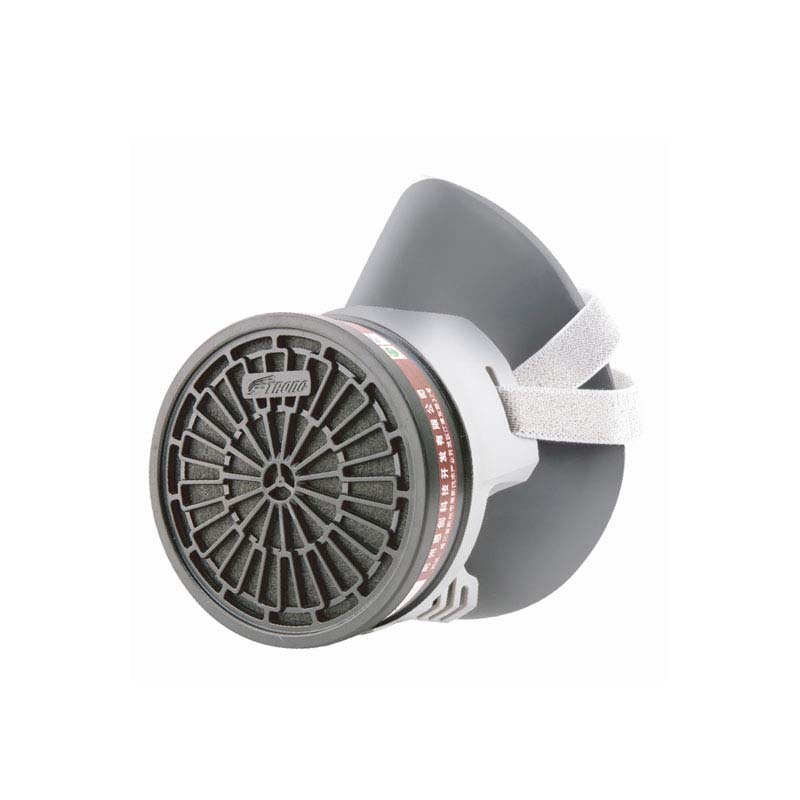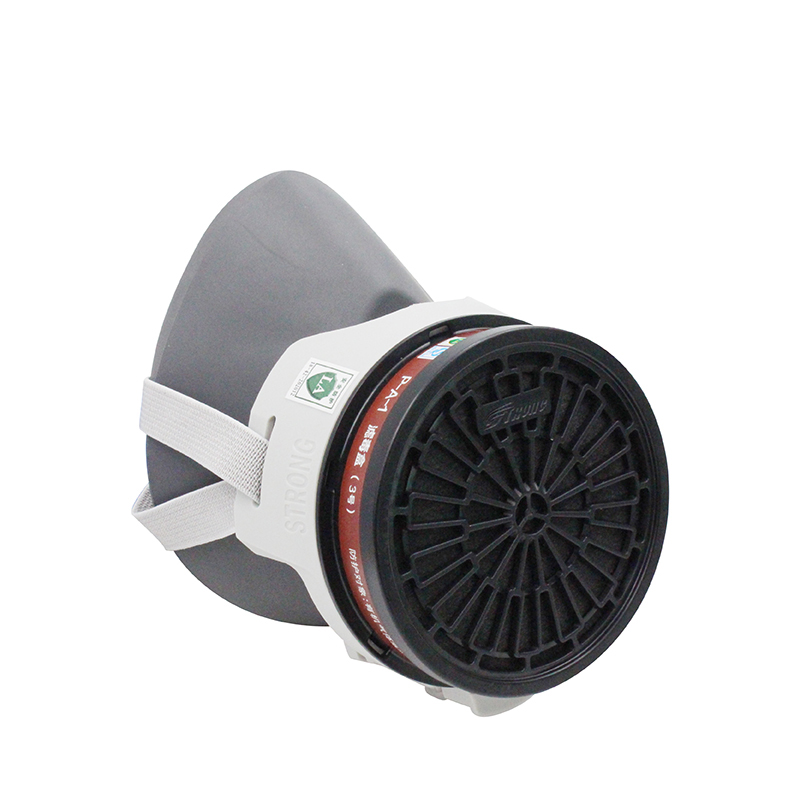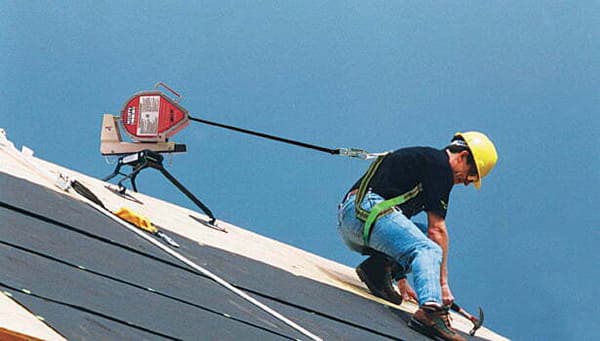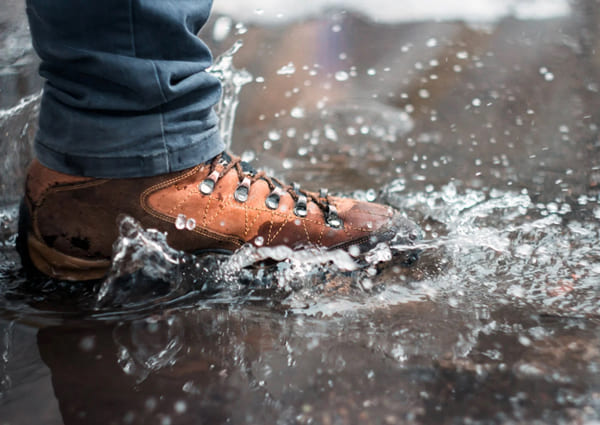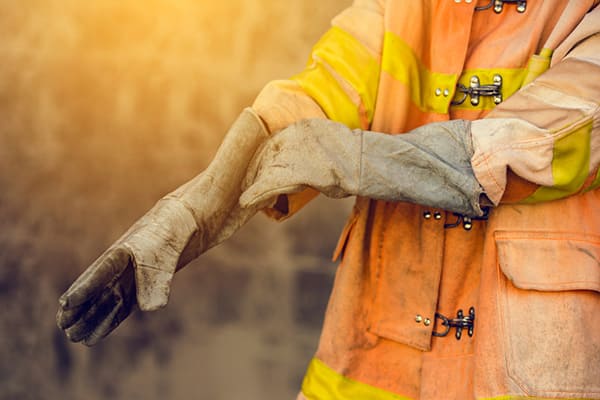Hard Hat Safety Guidelines

Hard hats are essential personal protective equipment (PPE) designed to protect workers' heads from potential hazards in various industries, particularly in construction and industrial settings. This article aims to provide comprehensive safety guidelines for wearing and maintaining hard hats, ensuring optimal protection for workers in hazardous environments.
1、Choosing the Right Hard Hat:
Select a hard hat that meets the applicable safety standards and regulations for your industry. Consider factors such as the type of hazards present, electrical protection requirements, and comfort features. Ensure that the hard hat is the correct size and securely fits the wearer's head.
2、Proper Fit and Adjustment:
Proper fit is crucial for the effectiveness of a hard hat. Adjust the suspension system inside the hard hat to fit snugly on the head, providing a secure and comfortable fit. The hat should sit level on the head, with the brim positioned straight and approximately one inch above the eyebrows.
3、Inspecting for Damage:
Regularly inspect your hard hat for any signs of damage, such as cracks, dents, or deformities. Pay attention to the suspension system, chin strap, and brim. If any damage is detected, replace the hard hat immediately, as compromised integrity can reduce its protective capabilities.
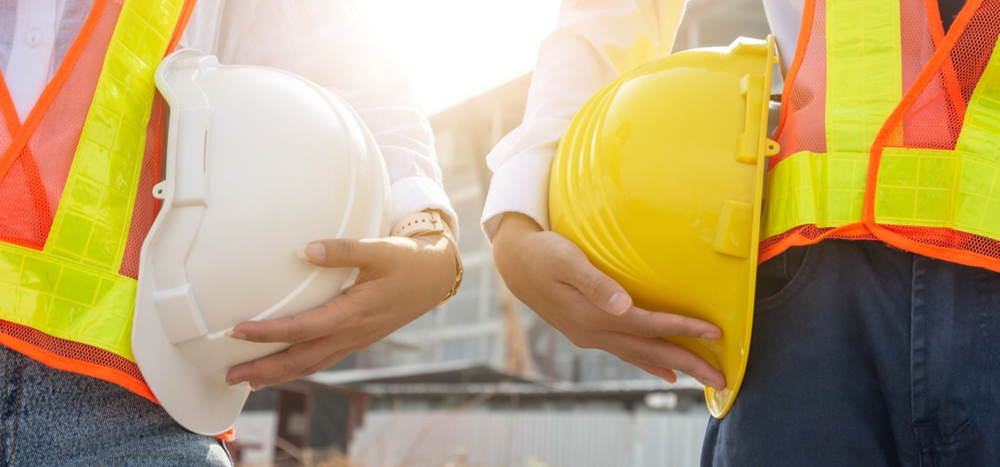
4、Daily Maintenance:
Clean the hard hat regularly using mild soap and water. Avoid using harsh chemicals or solvents that may degrade the helmet's material. Inspect the suspension system and straps for wear or damage, and replace any worn or damaged components promptly. Store the hard hat in a cool, dry place away from direct sunlight or extreme temperatures.
5、Proper Usage:
Always wear the hard hat in areas where there is a risk of falling objects, electrical hazards, or head impact. Ensure that all workers in the vicinity are also wearing appropriate head protection. Do not modify or alter the hard hat in any way that could compromise its structural integrity.
6、Replace When Necessary:
Hard hats have a limited lifespan. Follow the manufacturer's recommendations for replacement intervals, typically every two to five years, even if no visible damage is present. If the hard hat has been subjected to a significant impact or accident, it should be replaced immediately, regardless of its age.
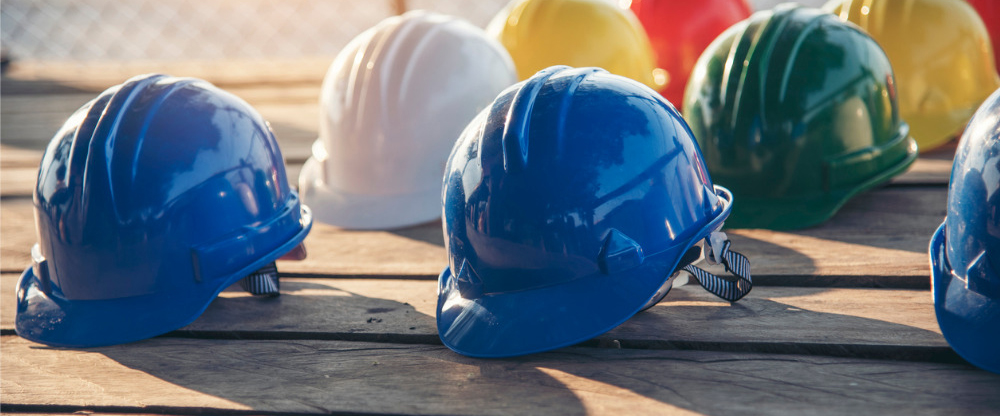
7、Training and Awareness:
Provide comprehensive training to workers on the proper use and maintenance of hard hats. Emphasize the importance of wearing head protection and encourage a safety culture where everyone looks out for each other's well-being.
Conclusion:
Hard hat safety guidelines are crucial for ensuring the effective protection of workers' heads in hazardous environments. By choosing the right hard hat, achieving proper fit, conducting regular inspections, and following maintenance procedures, workers can reduce the risk of head injuries and enhance workplace safety. Remember, prioritizing hard hat safety is a vital step towards creating a safer work environment for all.

